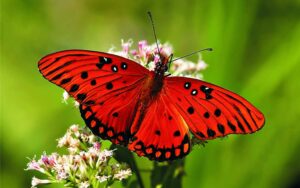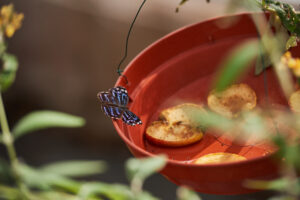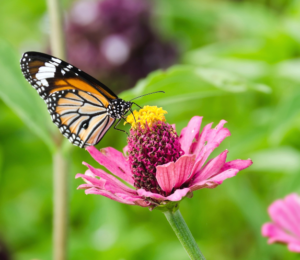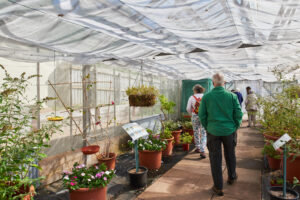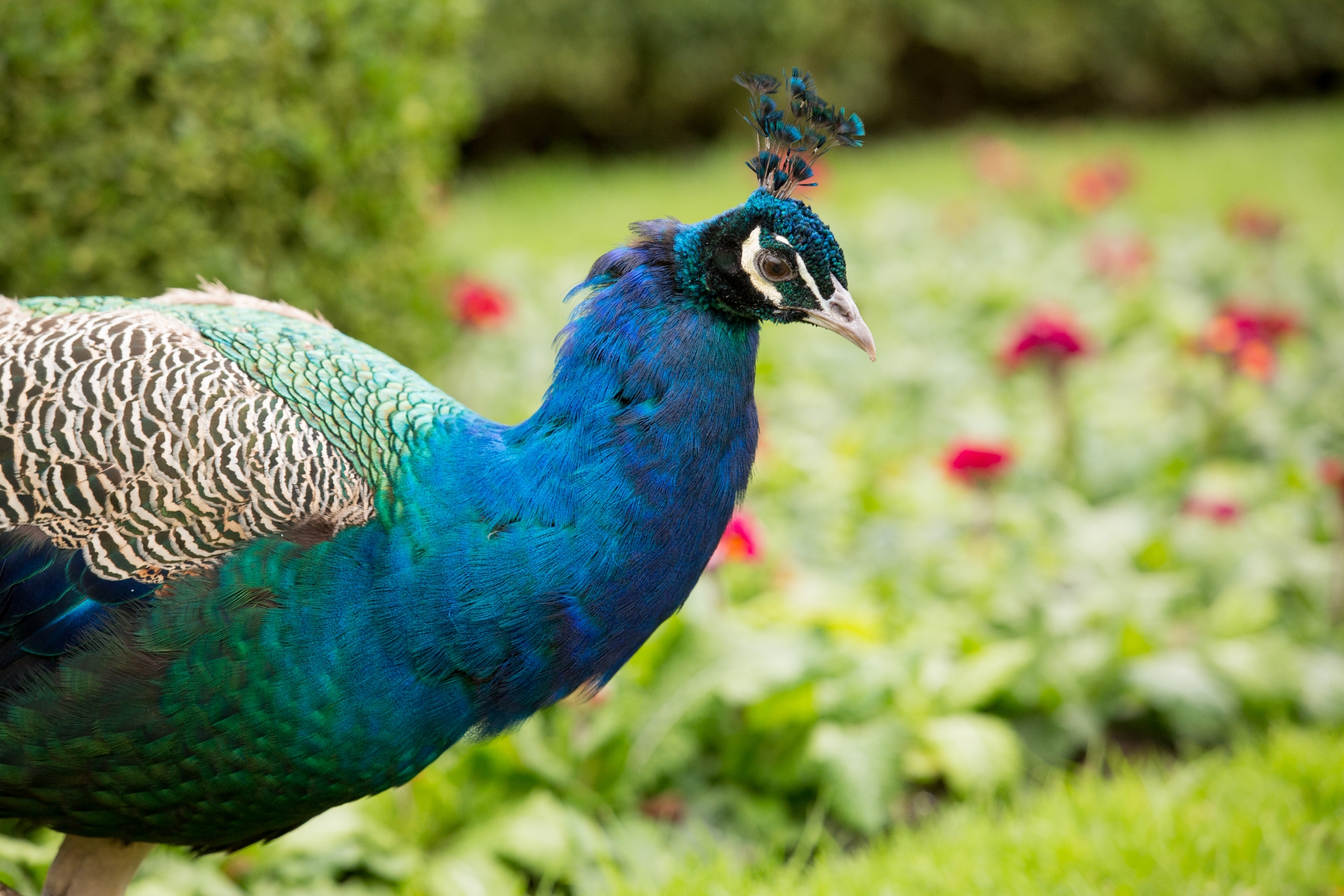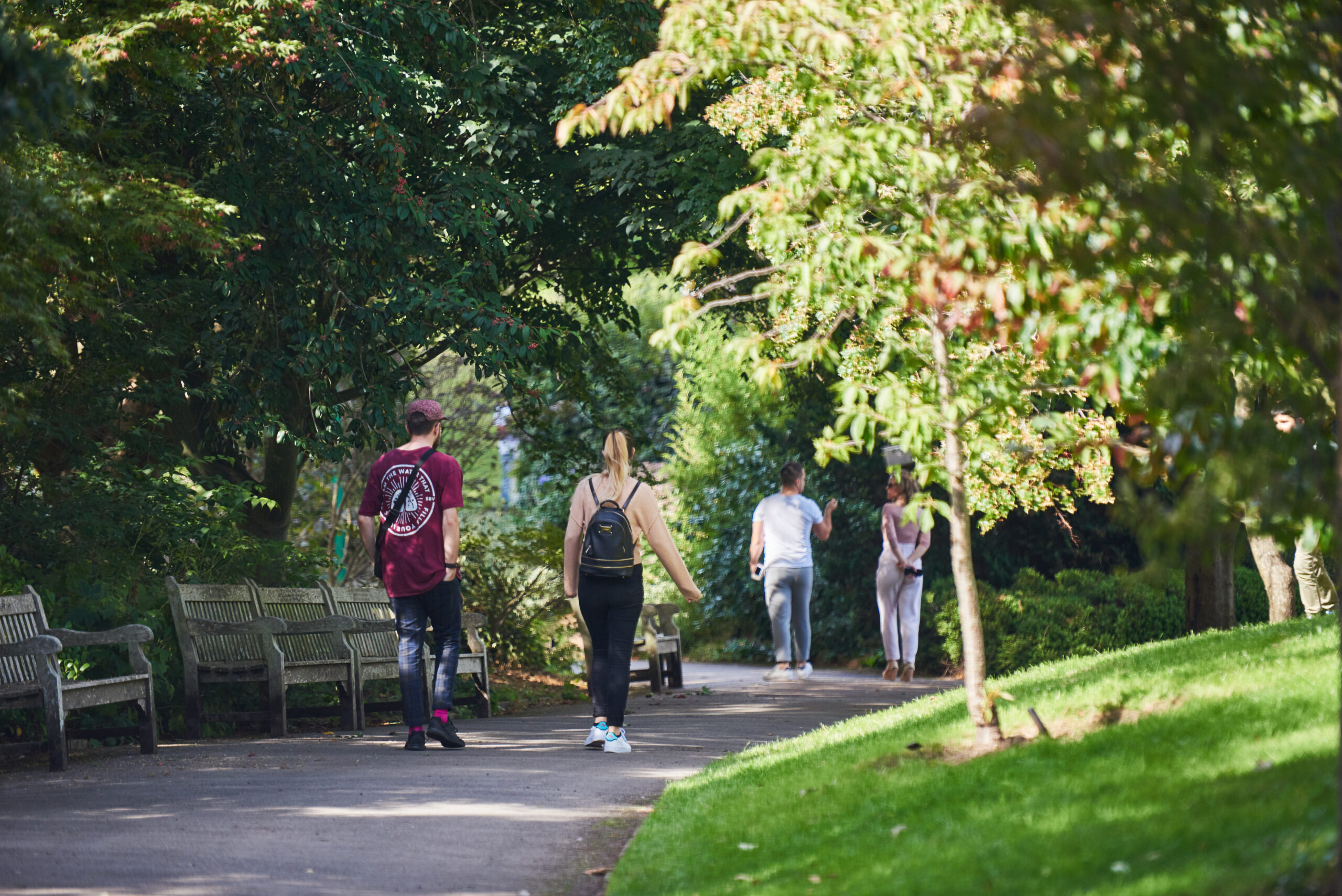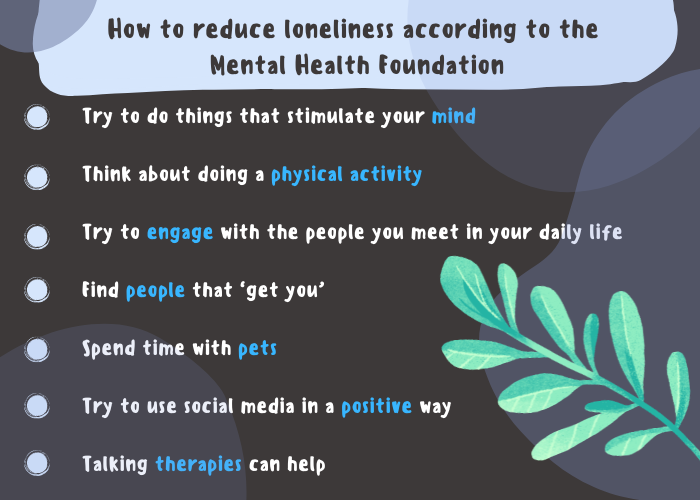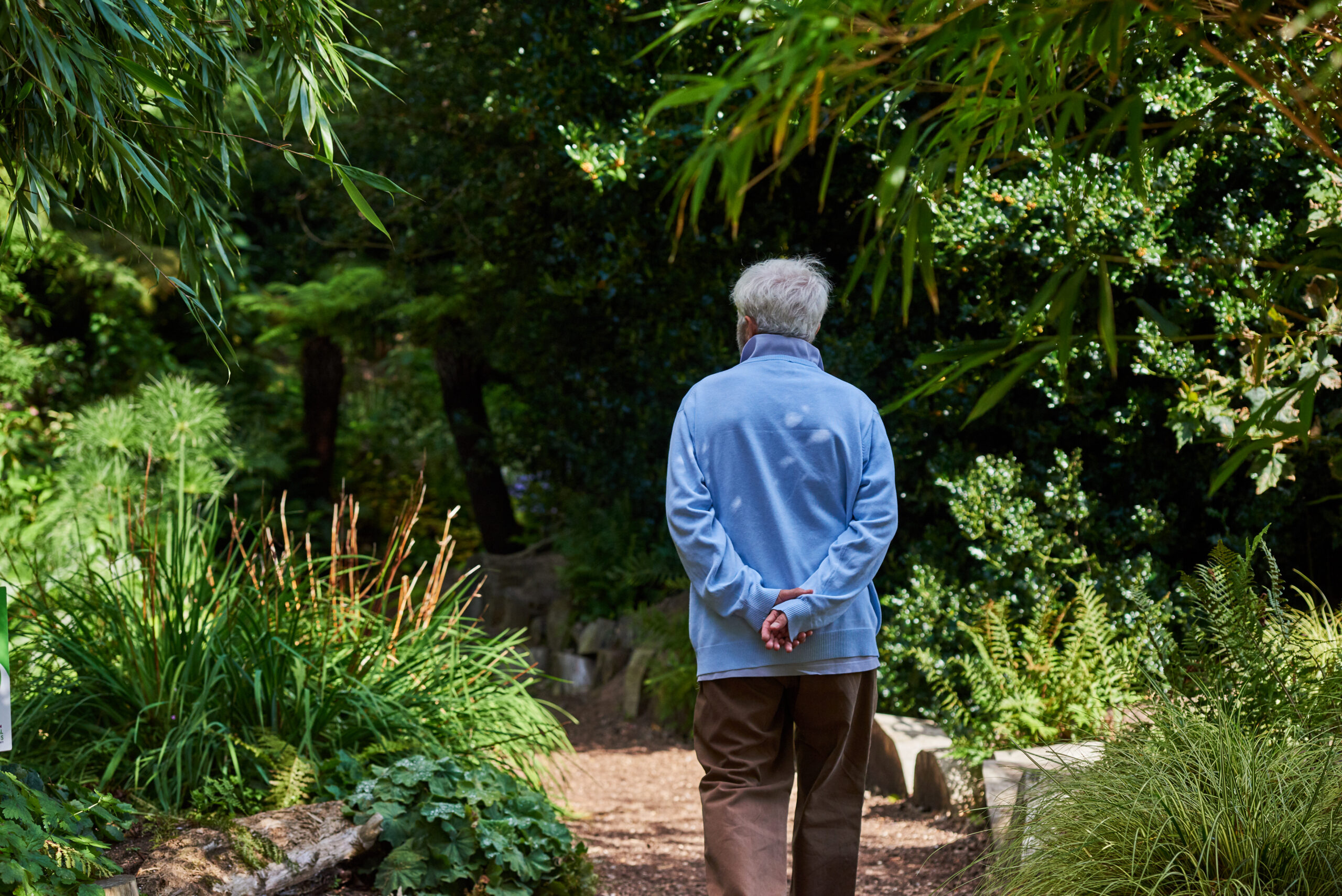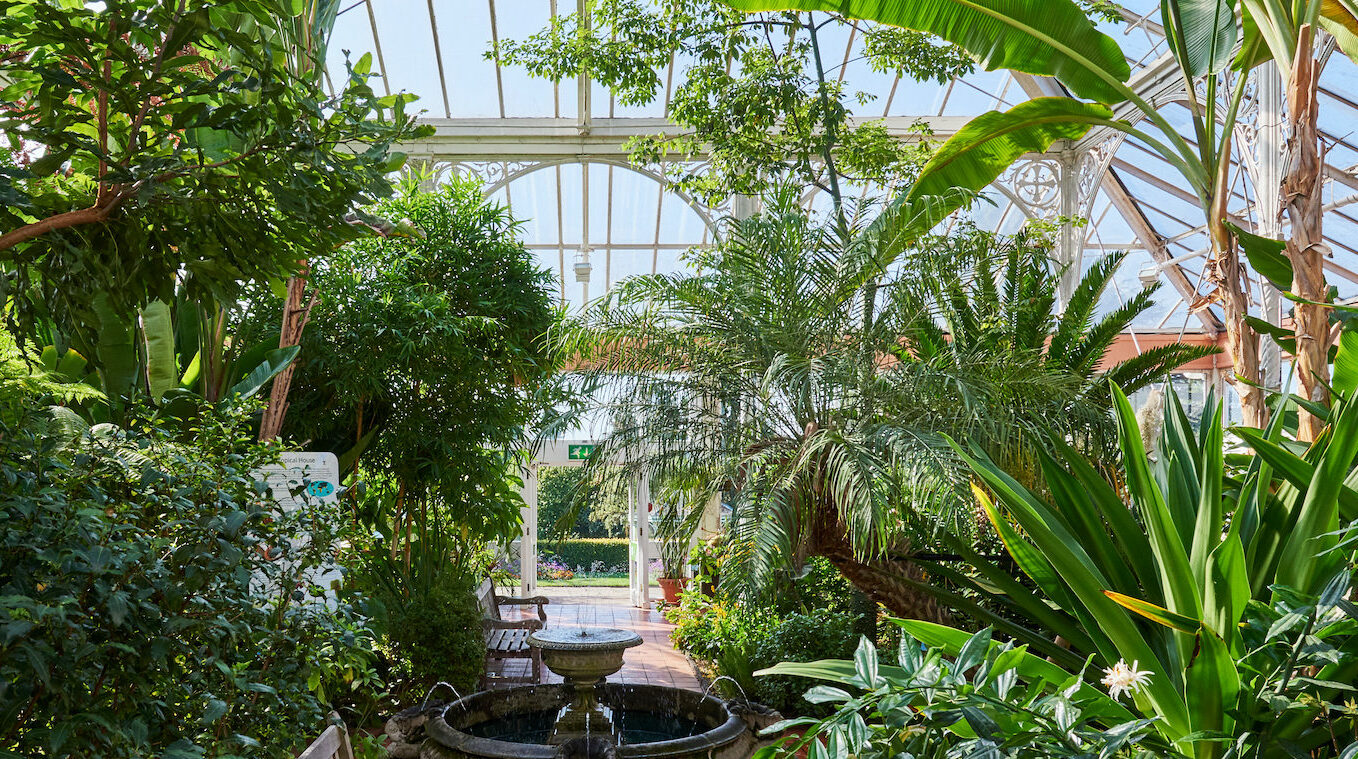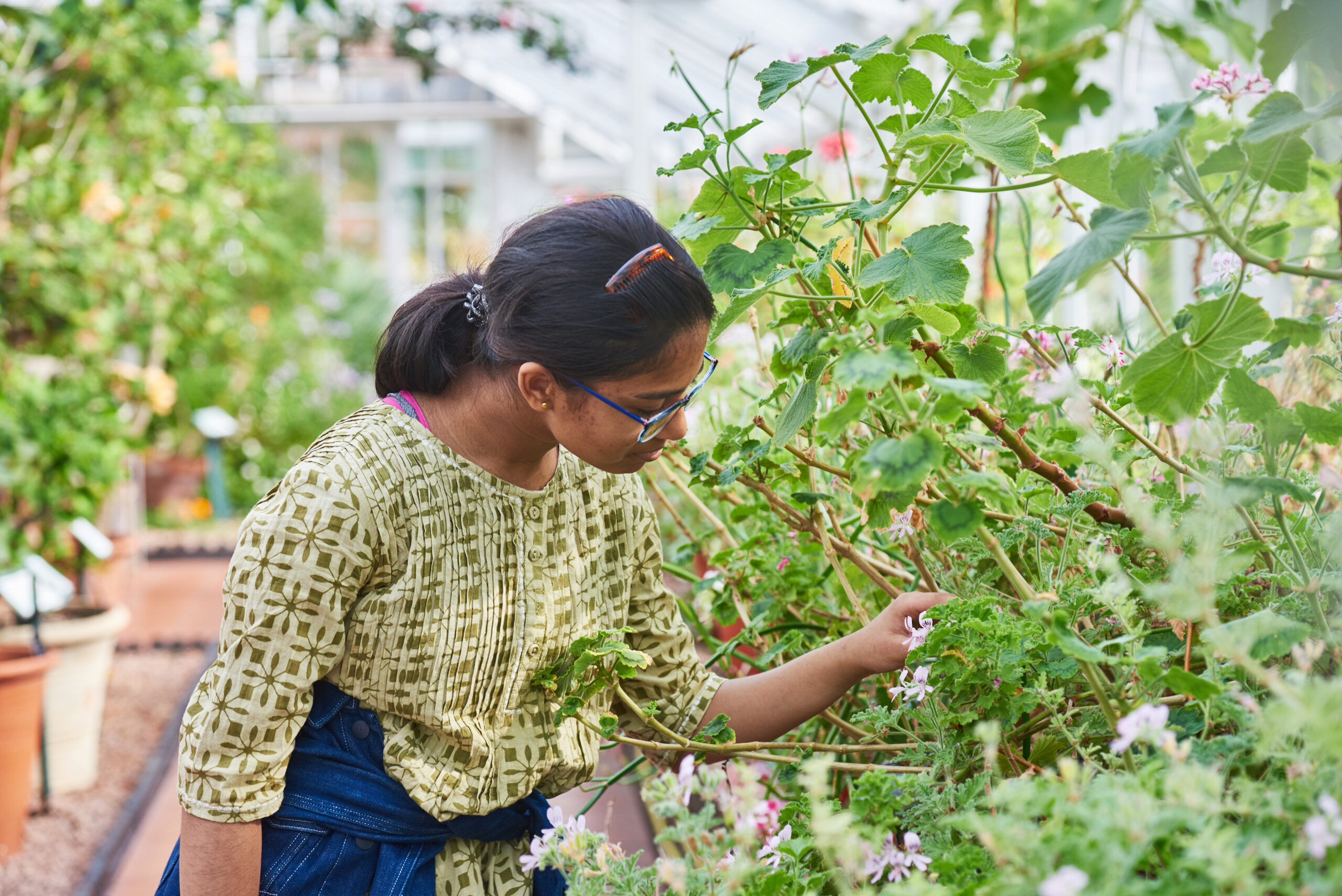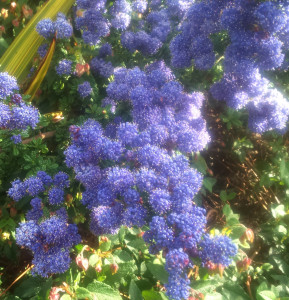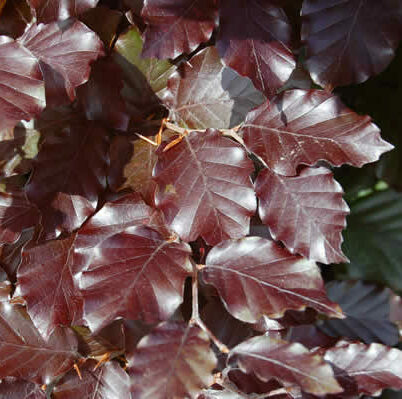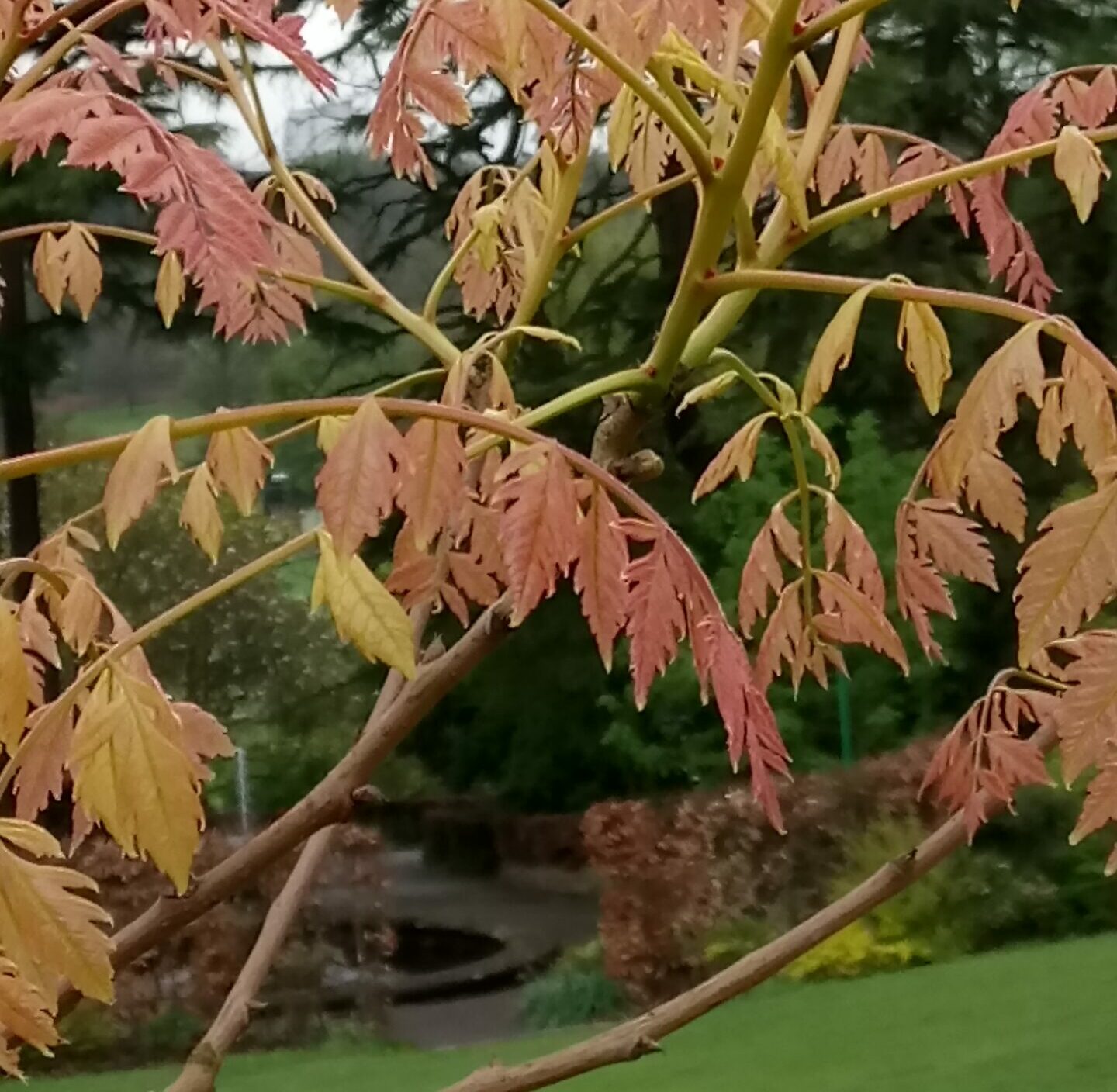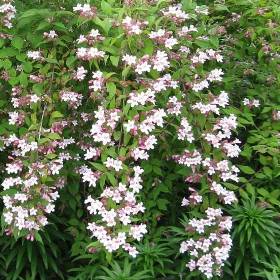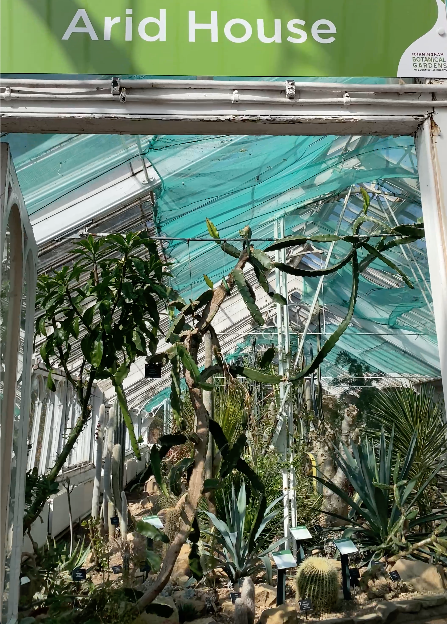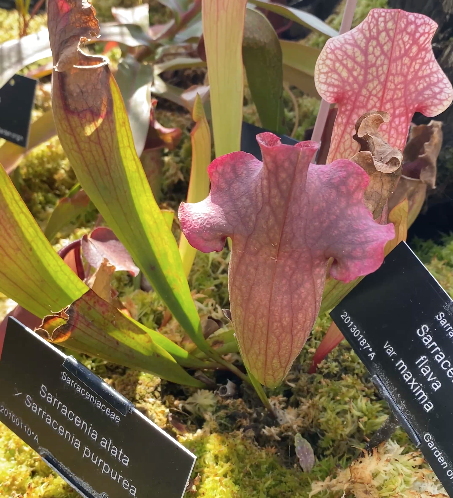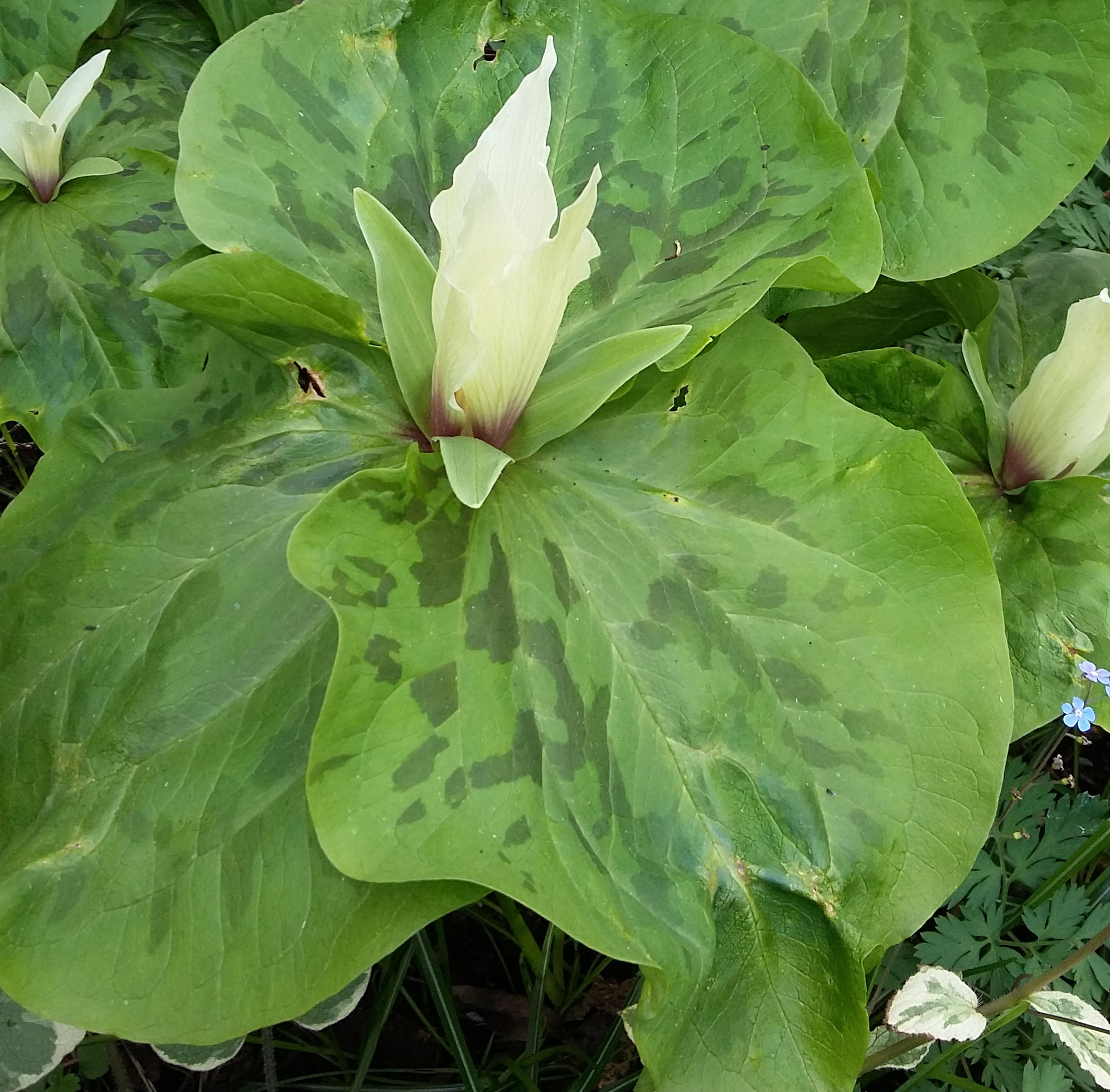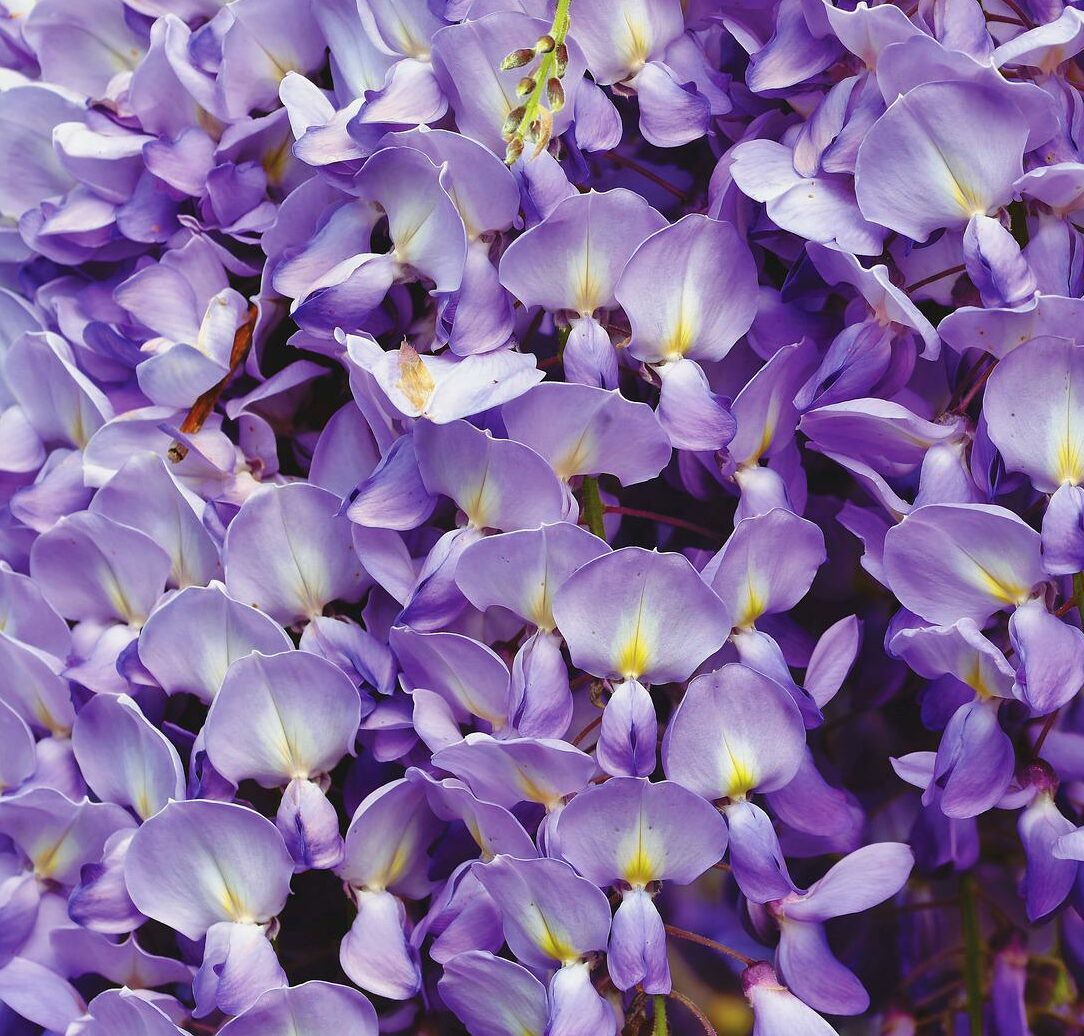Contents
Recycling is one of the most effective ways to reduce the pressure we put on our planet.
We all know this, yet statistics released by DEFRA last month revealed that the UK’s target of recycling at least 50 percent of domestic waste was not met by three of its four nations.
If we are to drastically reduce the output of global greenhouse gas emissions by the end of the decade, each of us needs to up our recycling game.
Luckily, there are more ways than one of achieving this that don’t rely entirely on the bin at the end of your drive.
No matter how big or small, our gardens provide ample opportunities for us to repurpose household waste items.
From creating compost heaps and cultivating seedlings to bird feeders and decorative features, find out how your rubbish can be transformed into outdoor treasures.
Plastics

Evidence of the global plastic invasion can be found everywhere from human blood to freshly fallen snow in the Antarctic.
Every minute, one truckload of plastic enters the ocean and an astonishing 1.8 billion tonnes of carbon emissions are produced annually from the creation, use and disposal of plastic.
Unfortunately, the reality of plastic recycling does not instil hope; less than 10 percent of plastic packaging is actually recycled in the UK.
Instead, a large proportion of our everyday plastics are burnt in incinerators or shipped off to countries with low recycling rates.
So how can you help to combat this enormous problem?
The answer – getting creative in your garden.
Here are just a few ideas to get you started:
- Halve your empty milk cartons and water bottles and puncture small drainage holes in the base to create seedling containers.
- Make bird feeders from plastic water bottles by puncturing small holes in the side and hanging up with string.
- Paint your old Tupperware and transform into a decorative bird bath.
- Turn large plastic bottles into long-lasting watering cans.
Metal cans

Did you know that one in every three cans sold in the UK are drunk away from home?
That’s an awful lot of metal which could be reused and is likely being discarded into general waste.
Take a look at the ways you can maximise the potential of your waste cans below:
- Tins which previously stored canned fruits and vegetables are great for turning into outdoor light features. Piercing holes into patterns on the sides of these cans and filling the container with candles or lights makes a cheap and enchanting display.
- Paint the outside of your tin cans and transform them into pretty plant pots.
- Turn your tins into storage containers for gardening tools.
Glass bottles and jars

Known as cullet, waste glass is a versatile product which can be recycled over and over again through a melting process.
Unlike other materials, waste glass is much more economically-friendly to recycle, saving 246 kg of carbon dioxide emissions for every tonne of second-hand glass melted.
You can help to reduce the carbon footprint of waste glass piling up in your recycling further though by reusing it in your garden.
Here’s how:
- Create an edge around your garden path with upturned glass bottles, pushed halfway into the ground.
- Remove labels from your glass jars and fill with fairy lights for outside decor.
- Save your glass jars to hold nails, labels and other outdoor equipment.
Cardboard and paper

With the rise of online shopping and subsequent shipping increases, the UK churns through 12.5 million tonnes of paper and cardboard a year – one third of which is not fully recycled.
This third is then taken to a landfill or burnt, both of which have disastrous impacts on the environment.
Minimise the amount of paper and cardboard you throw away with these easy uses:
- Save egg boxes for sewing and growing seedlings in.
- Spare cardboard can be made into signs for labelling young crops or plants.
- Rip up or shred paper and add to compost piles.
- Use excess cardboard as a substrate to grow mushrooms.
- Lie cardboard flat and cover with compost and leaves or wood chips to prepare your garden bed in a process known as sheet mulching.
Clothing

Despite a light being shone onto the impact fast fashion has upon our environment in recent years, £140 million worth of used clothing still goes into UK landfills each year.
According to Clothes Aid, this equates to 350,000 tonnes of jeans, shoes, jackets, dresses and more being dumped into the ground.
Whilst our discarded garments might be out of style, there is still so much potential for them beyond the bottom of your closet or worse, the skip.
Take a look at how you can transform your wardrobe into useful garden tools:
- Rip old t-shirts and shirts into long shreds and plait into ropes which can be used to train young plants as they grow. Shoelaces can also be used for this.
- Use old clothing to shield plants in the summer heat and insulate in cold winter temperatures.
- Turn old wellies and shoes into plant pots.
- Make a scarecrow
Food waste
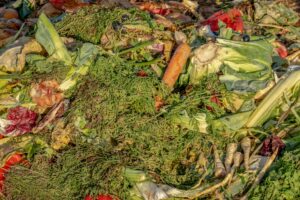
Here are some scary facts you should pay attention to regarding humanity’s food waste, courtesy of food share company Olio:
- $1 trillion worth of food is wasted globally every year.
- One quarter of fresh water is wasted growing food that is never eaten.
- If waste food were a country, it would be the 3rd greatest emitter of greenhouse gases in the world.
Put simply, our whole attitude towards food waste has to change, for the benefit of ourselves, the natural world and the planet as a whole.
Recycling food by products is one great way to tackle this issue and creating a compost heap in your garden can make all the difference.
Unprocessed, fruit and vegetable peelings create the best compost and will not attract vermin like meat and other animal byproducts such as dairy, fat trimmings, eggs and fish.
Tyres

Recent studies have shown that nearly 2,000 more particle pollutants are produced by the wearing down of car tyres than by vehicle exhausts.
The Guardian reported that particles from tyres contain a variety of carcinogens and toxic compounds which are transferred to soil, water and air.
This is worrying considering that there were over 15,000 incidents of tyre fly-tipping in the 2020/2021 year.
Avoid carelessly chucking away old tyres by trying these simple alternatives:
- Create a naturally waterproof, hanging bird feeder or bird bath.
- Build a small compost area or bin.
- Make an insect shelter.
- Create a mini veg patch inside a tyre or surround an existing veg patch with a tyre wall.


